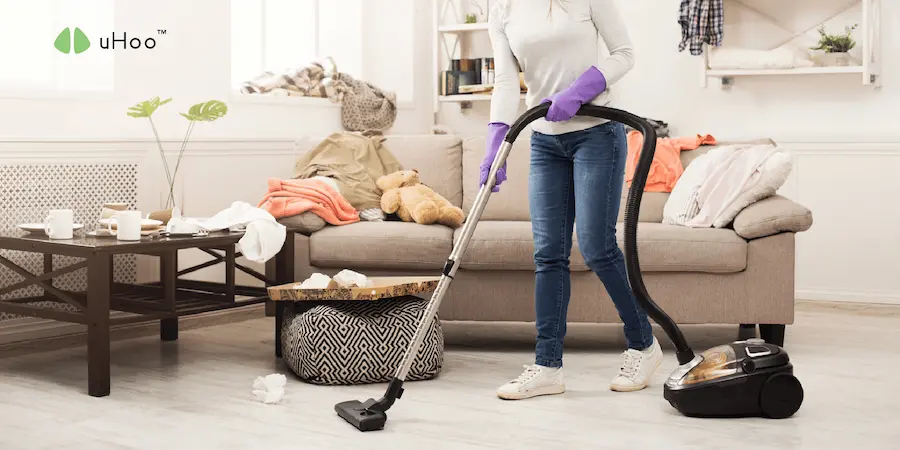People often approach vacuuming as a simple chore, a mechanical task to remove visible debris from floors. But what if I told you that most people are doing it wrong and that your well-intentioned cleaning efforts might be failing to deliver the optimal indoor air quality (IAQ) you deserve?
The truth is, vacuuming is a nuanced process, and neglecting certain techniques can leave you with floors that appear clean, but air that remains polluted. Dust mites, pet dander, pollen, mold spores – these allergens and irritants cling to your carpets, upholstery, and even hard surfaces, waiting to be stirred into the air you breathe.
A quick, haphazard vacuuming session might remove the larger debris, but it often fails to capture these smaller, more insidious particles. In fact, it can even exacerbate the problem, kicking up dust into the air, making it worse.
The key to effective vacuuming for optimal IAQ lies in a combination of the right equipment and the right technique. A vacuum cleaner equipped with a HEPA filter is non-negotiable, especially for allergy sufferers. These filters are designed to capture 99.97% of particles as small as 0.3 microns, effectively trapping allergens that would otherwise escape into the air. But even the best vacuum is useless if not used correctly.
Slow, deliberate passes are crucial. Rushing through the task only stirs up dust, giving it a chance to settle back onto surfaces or become airborne. Overlapping your passes ensures you’re covering every inch of the floor, preventing particles from escaping the suction. Don’t neglect corners and crevices, where dust and debris tend to accumulate. And remember, carpets aren’t the only culprits. Upholstery, curtains, and even mattresses can harbor allergens, requiring regular vacuuming as well.
Furthermore, consider the frequency of your vacuuming routine. A once-a-week pass might suffice for some households, but those with pets, children, or allergies may need to vacuum daily or every other day. The key is to adapt your routine to your specific needs and circumstances.
But how do you know if your vacuuming efforts are truly making a difference? This is where technology can play a crucial role. An uHoo air quality monitor can provide real-time data on particulate matter (PM2.5 and PM10), which are key indicators of airborne dust and allergens. By monitoring these levels, you can gain concrete evidence of how your vacuuming routine is impacting your IAQ.
The uHoo monitor can even alert you when particulate matter levels rise, signaling that it’s time to vacuum, even if your floors appear clean. This data-driven approach empowers you to take control of your indoor environment, ensuring that your vacuuming efforts are truly contributing to a healthier and more breathable home.



